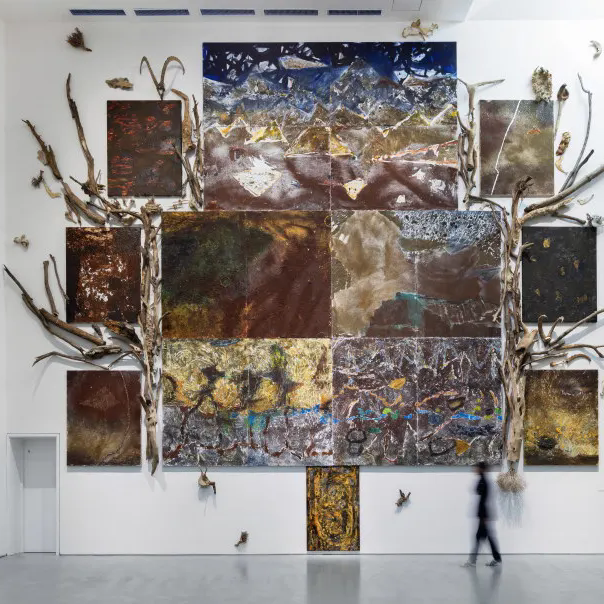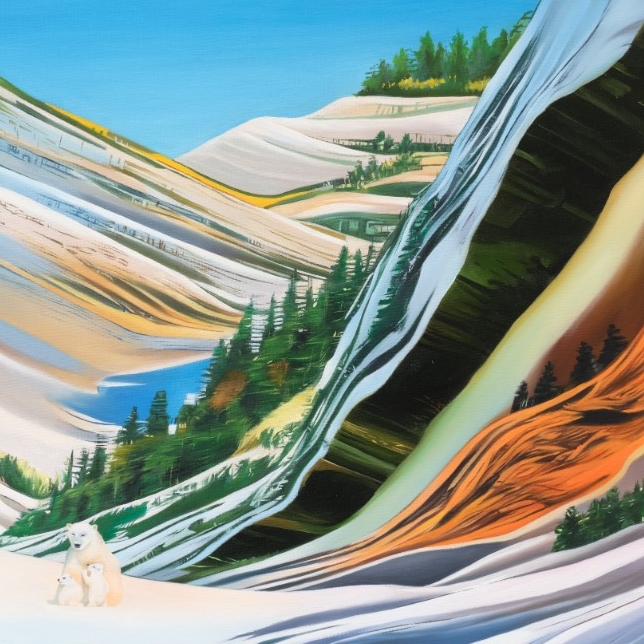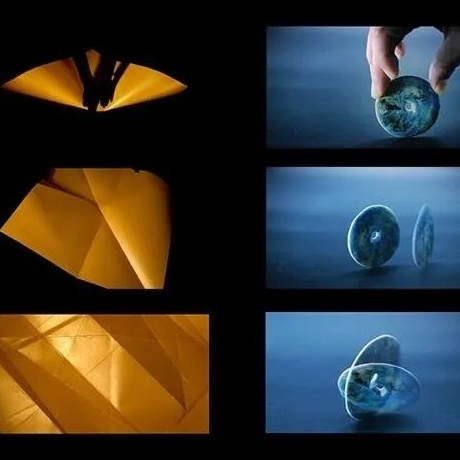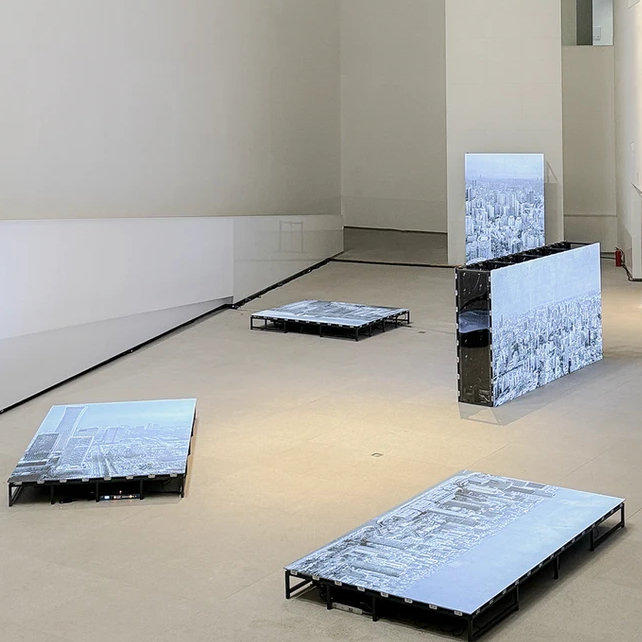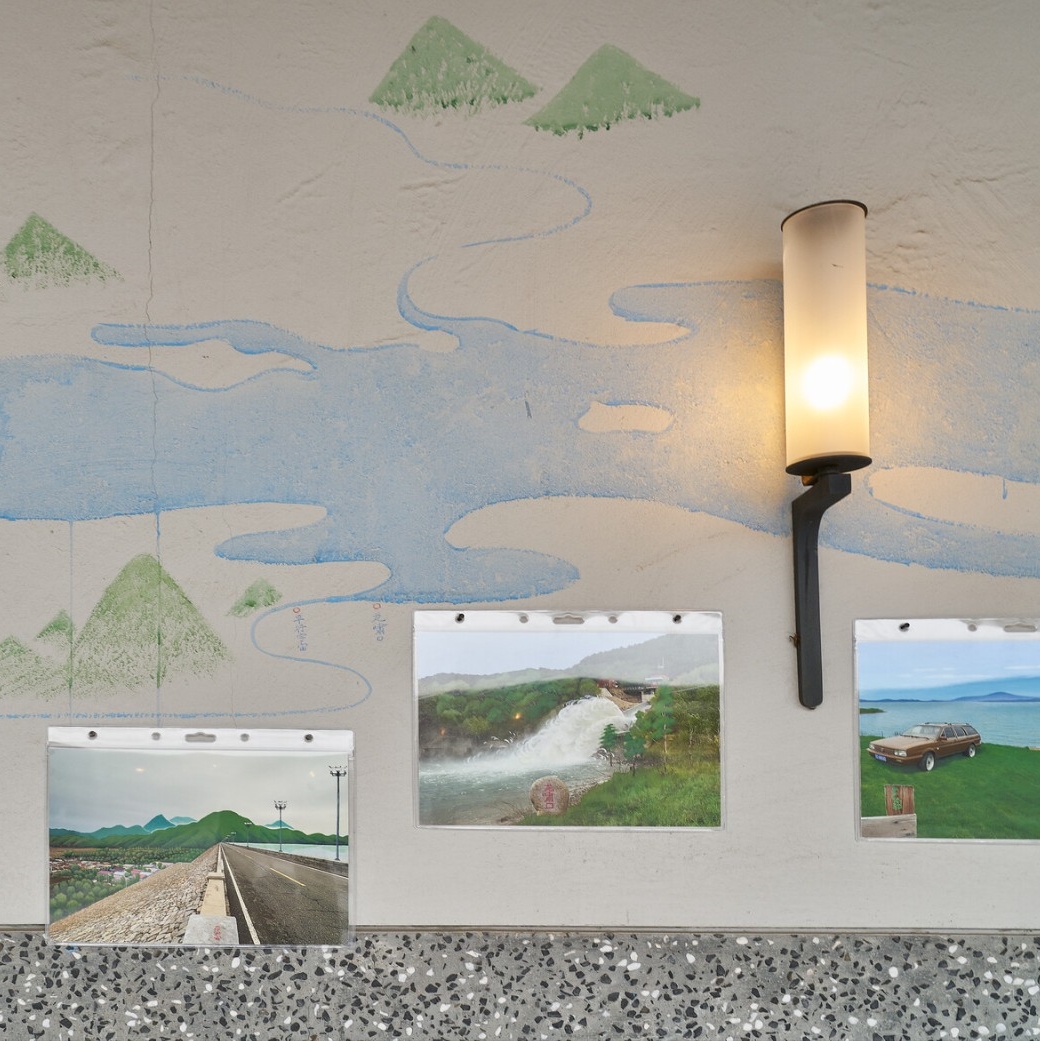
Preface
By Hai Jie
Photography can create myths, just as fashion is good at making myths. However, Fashion photography is a visual relic of myth. Alexvi is engaged in just such a job. Nevertheless, what he has done of his creation out of his job is totally different from the action and practice of dispelling myths, and a test of identity that rises one after another.
Through portraits and environmental portraits, he focuses on the moderation and balance of power in portraits, and the gaze of these “unknown people” involved in the fashion industry and new media.

A Photo from the series Back to Black
In the series Back to Black, he puts aside the position and posture of a fashion photographer that usually acts as the service provider, avoids the usual colors tone in the fashion photography industry, and insists on using black and white color in the face of these glamour celebrities. It is a tribute to the tradition of dialogue and tension between photographers and celebrities laid down by Irving Penn, rather than a farewell to the color photography, fancy scenes, full-body close-ups, and even the drama-like rehearsals that fashion photography relies on most. The folding edges arranged in the exhibition also seem to respond to the cramped, cornered spaces invented by Irving Penn.
He set a black table in the series of Back to Black, which can be interpreted as an echo of Irving Penn’s corner. Not as a backdrop, not as a special architectural space, not as a scene of quality life, it’s only a table that all people must face. The table becomes a connection which the stars called “the ‘spokesmen’ of the public” by Guy Debord perform in addition to their dramatic work, and even become part of the “dramatic work”.


Selected Photos from Peking Apartments
To some extent, fashion is a kind of visual colonization, confirming the existence of a hierarchical order by creating admiration scenarios and consumption values far from daily life. Yet what Alexvi does is to try to point out this order, or break it, and to show the invisible side of the manufacturing of this industry through his pictures. In Peking Apartments, the third-world fashion models dwelling humbly in apartments in Beijing contribute their bodies as hangers-on on the runway for the fashion economy fueled by capitalist society. Once they leave the runway, the fashion production workshop, and return to their own lives, they are disconnected from the fashion value their bodies carry. Their bodies are expropriated, as well as plundered, by the developed capitalist fashion culture. Only in the Beijing apartments, they can retrieve their own bodies. The fit bodies that consumers need to see, follow, and keep strictly are dismantled in their apartments. They try to place their friendship, lost feelings, and nostalgia in the simplest objects and words, and to fight against the physical imprisonment brought about by languages, economic status, lack of identity, life cycle, and agencies. They have become refugees from the fashion industry.


Selected Photos from Lonely Planet
These internet users in the series of Lonely Planet, are holding a similar fate as these models, people who are cut off from normal social communication by cell phones, reduced to lonely screen gazers on the streets. When the light of the screen illuminates the immersed and happy faces, their bodies become vacant shells abandoned in the real world, while their spirits have already drifted with the tide of information. They forget the reality and get abandoned by it. Alexvi has taken a considerable number of portraits. Only such portraits can let us see the loneliness, deeply reflect on ourselves, and empathize with them.
The Three Distances Exhibition presents three stances and actions: a minimization, testing, and confrontation of celebrities’ power and imagination sphere; concern and empathy for the foreign fashion refugees in the blind spot of China’s fashion industry; and the self-projection also the involvement of the lonely people who are inseparable from cell phones. These three stances, rational and warm, with different ways of perspectives and emotions, pull him out of the industrial way of fashion photography.
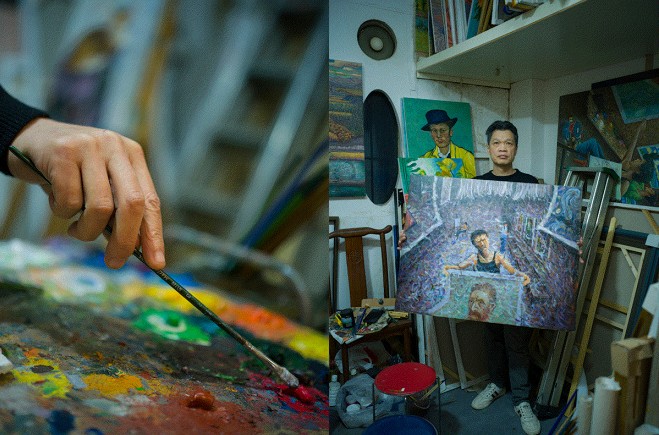

Selected Photos from Three Distances Exhibition
Furthermore, In the previous exhibition, Alexvi has set up an interactive installation where all viewers could sit in front of a black table, get reminded to face the hidden camera, and engage in their favorite poses. An overhead bulb swinging with a fixed rhythm lights up the viewers. These rhythmic portraits, captured at set times, it is the way of artist wants to give all viewers an experience of being the celebrities in Back to Black, with the same treatment and stance. The artist enlarges some viewers’ portraits to the same size as the celebrities for exhibition, this equal gaze and display practice Andy Warhol’s view that "everyone can be a star for 15 minutes”. At the same time, with the continuous tour of the exhibition, the works keep expanding, so that the exhibition itself is becoming like a behavior.
Corresponding to this is another behavior, Alexvi collaborated with local artists in Dafen painting village from Shenzhen to shoot portraits for them, so that the artists can use their imagination and creativity to paint themselves self-portraits based on the portraits Alexvi shot of them within a limited extent. After this process, we find out that these industrialized artists from Dafen village don’t have much of their personal artistic expression, but rather painting machines on the assembly line. When these artists were suddenly given the power of self expressions, they were asked to be tested for their own sense of art aesthetics. However, the final artworks were all given the same creator’s signature. Alexvi has created a seemingly paradoxical act that both attempts to give the artists power of expressions, but ends up revealing the mechanism that confines the artists’ power of expressions.
Photography has turned into an equal rights tool and testing medium for Alexvi. Uses art galleries as a stage, for showing his different positions and emotions towards celebrities with the power of speech, models stuck in pecking apartments, and internet users trapped in their cell phones, while reflecting deeply on the industry he works in. Thus, the ordinary viewers are drawn into the mythmaking of daily life, for it seems that we see the possibility of the mythmaking of ordinary individuals in the display and production of photos that are as large as the size of these celebrities.
About the artist
Photograper and video artist Alexvi's works mainly include photography, video and multimedia practice. Over the past decade, Alexvi has collaborated with the most influential magazines in fashion and art to document a wide range of Chinese actors, artists, Hollywood superstars, rock singers and more. At the same time, Alexvi is also engaged in creating thematic long-term art projects. For example, the art project "Lonely Planet" series won the photography Sample Award by Martin Parr in Lianzhou International Photography Festival; "Peking Apartments" series has won international awards such as FAPA (Fine Art Photography Awards) and been invited to exhibit in art institutions and galleries including UCCA Lab, chi K11 Art Museum, Hao Art Museum and Leica Gallery.
About the curator
Hai Jie, an independent curator and critic, once acted as the member of the Recommendation Committee of 2011’ and 2013’ Top 20--Chinese Cutting-edge Contemporary Photography Exhibition; the member of the Art Committee and the judge of the Award for Financially Aided Works by Young Artists of the Pingyao International Photography Festival; the academic moderator of 2012’, 2014’ and 2016’ International Film Exhibition; the Jury of the first round election of the photography group on the 7th Award of Art China; the academic moderator of the 3rd Chengdu Zongmu Photography Biennale in 2013; the curator of the Debut Exhibition of the 1st Beijing Photo Biennale in 2013; the curator of the Experiment Exhibition of the 2014’ Jinan International Photography Biennale; the curator of the 2015’ Jimei x Arles International Photo Festival; the nominator of the Discovery Prize of the 2016’ Jimei x Arles International Photo Festival; the curator of the LianZhou Foto in 2017; the Jury of the 6th Hou Dengke Documentary Photograph Award. the Jury of the 6th golden tying horse prize college students video art festival ; the keynote speaker of chengdu A4 art museum international photography Academic conference "echo" in 2017;the General curator of first AMNUA photography exhibition "refresh/laboring" in Art Museum of Nanjing University of the Arts in 2018; the curator of “Stratification and Synthesis: Two Actions and Practices in Chinese Contemporary Photography" in Xie Zilong Photography Museum ; the Jury of the first golden panda photography awards in 2019;Co-founder and academic director of the 1839 photography award; the Jury of the 11th three shadows photography award in 2019; and the Asia region referrer of Zurich Vontobel contemporary photography award;the Jury of 15thLianzhou Foto Punctum Award of Photography in 2019 ;the Jury of 9th Dali International Photography Festival;the Jury of Lishui photography Festival.
About the exhibition
Dates: 23 April-19 June, 2022
Venue: Three Shadows Xiamen
Address: No. 301, Building 2, Xinglinwan Business Center, Jimei District, Xiamen, Fujian Province
Tel: +86 592 6372133
Courtesy of the artist and Three Shadows Photography Art Center.


